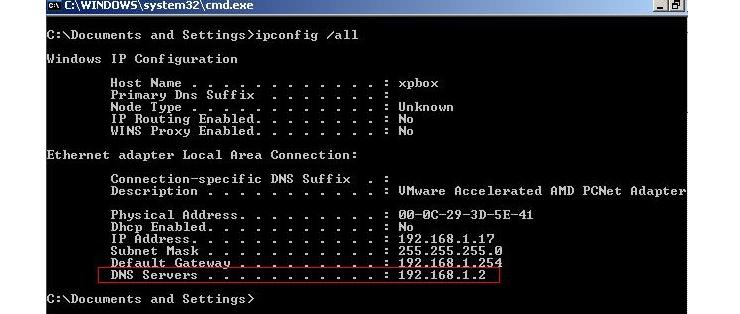DNS Servers: Opportunities And Working Principles
Domain names are formed from several or at least two labels (parts) that are separated by dots. Label in the name are numbered from right to left. That is the most extreme right-mark in the domain name, will be the top-level domain, and each subsequent mark, which is located to the left – sub domains of the domain on the right.
Conventionally, the domain name can be divided by in 127 levels, and each label can contain a maximum of 63 characters. However, the maximum number of characters (with points) in the domain name can not exceed more than 254 characters. Registrars of domain names have set the the limits of their lengths.
All DNS servers are located in a hierarchical order. Each domain or subdomain support multiple authorized servers, DNS, which contain all the necessary information about the domain.
The principle of the DNS system is as follows. The user enters an address in the web browser, for example esds.co.in. To transfer data held, it is necessary to know the IP-address of the server. But since there is only DNS server, then it requests the IP-address esds.co.in. DNS server sends a request to a central server, such as 192.65.0.7 (all IP-addresses are given conditionally, any match IP-addresses is random) in data center.
To determine the IP-address of a site, use the ping command. In Windows XP, this is done using the Start Menu – Run, and then the line must type the command cmd. Then in the resulting window, enter ping and site name, for example, ping esds.co.in, and press Enter. After that, a window will appear, which will display a group of numbers that will be necessary IP-address of the site.

Must also be aware that the host name is not equal to IP-address, and vice versa. Host with the specific IP-address can have a long list of names, as well as a name can be correlated with different hosts.
In order to improve the stability of the system in the world, there are 13 servers that contain the same information. They do not change the original address, and on them rests the entire global Internet. Therefore they are called root servers .
DNS servers can not only encode the character names in the IP-address, but the opposite: to reconstruct the IP-address in the name of the characters.
The DNS records can identify six categories:
1. Address record (A record), which is used to link a host with IP-address;
2. Canonical name record (CNAME, canonical name record) – a tool to divert to an alternative name;
3. Mail exchange (MX mail exchanger), which refers to the server mail exchange for the desired domain;
4. PTR (pointer, pointer record) is used to connect to the host name and the established (canonical) name;
5. NS (name server) points to the DNS-server is represented by the domain name;
6. SOA (start of authority record) – a record that refers to a server that contains the standard information about the submitted domain.
Also a role model and testing are applied to reserved domains (Reserved Top Level DNS Names), for example, test.com, test.net, example, and others.
Also, domain names can be internationalized, that is composed of the symbols of ASCII, which allows the user to type a domain name no matter what language he speaks.
You can also determine the owner of any domain or IP-address. Use who.is for this network protocol. If this service do not have data about the domain name, it is recognized as strangers on a specific name.
- How Cloud Computing Is Changing The Labor Market - March 25, 2015
- Adopting Infrastructure as a Service Can be a Good Deal - March 17, 2015
- Will Virtualize? Take These Six Points Into Consideration - March 12, 2015
nice
Nice post shared! I like it! doing good job….